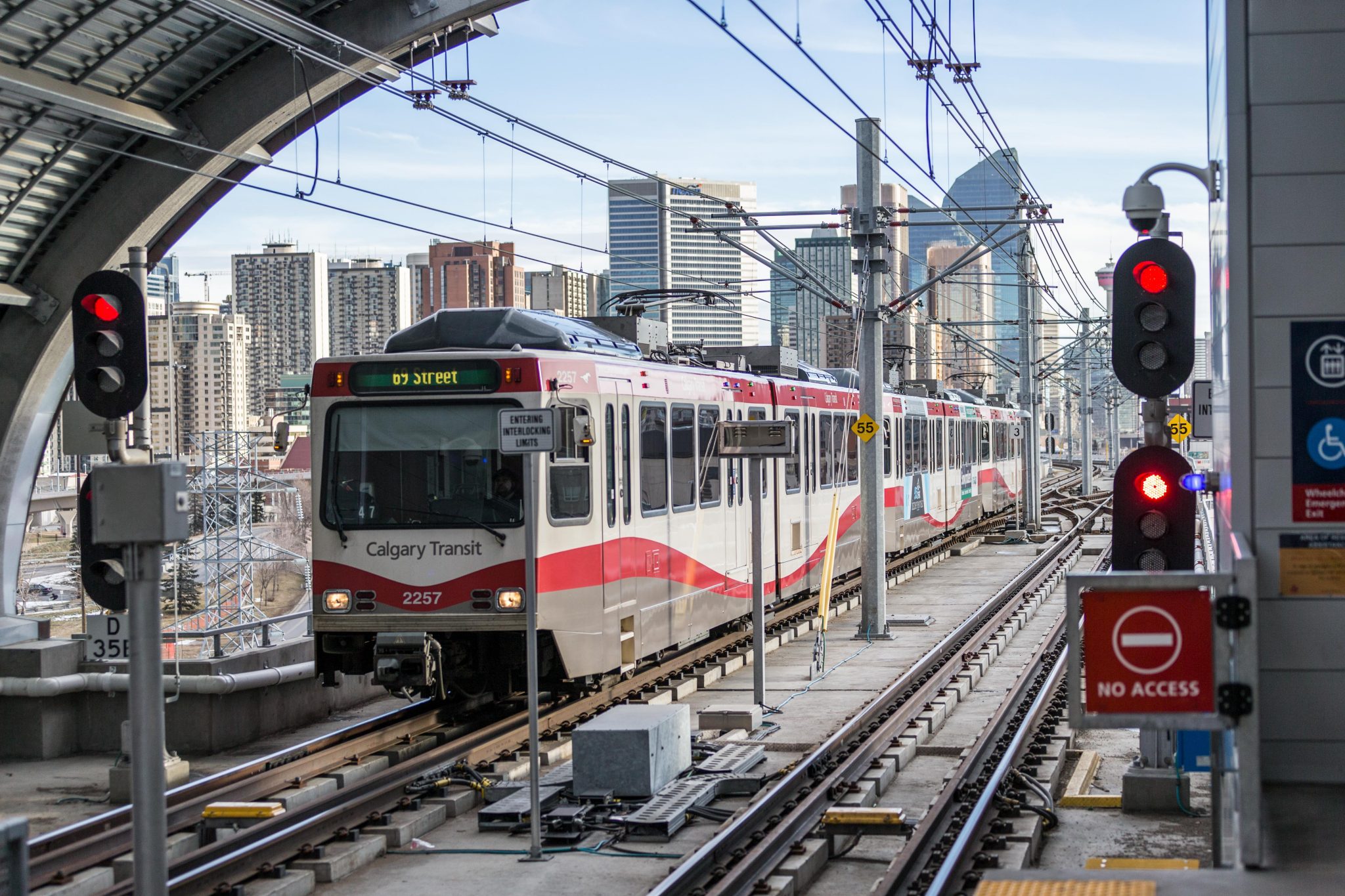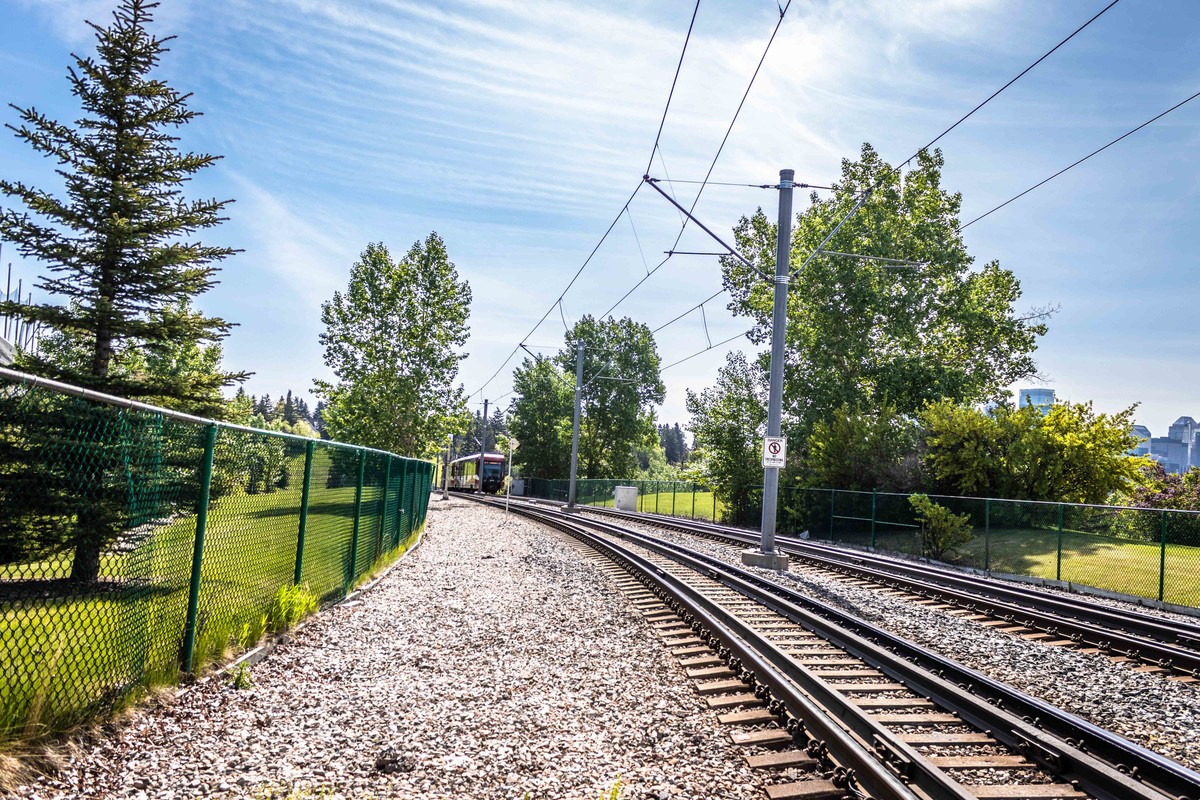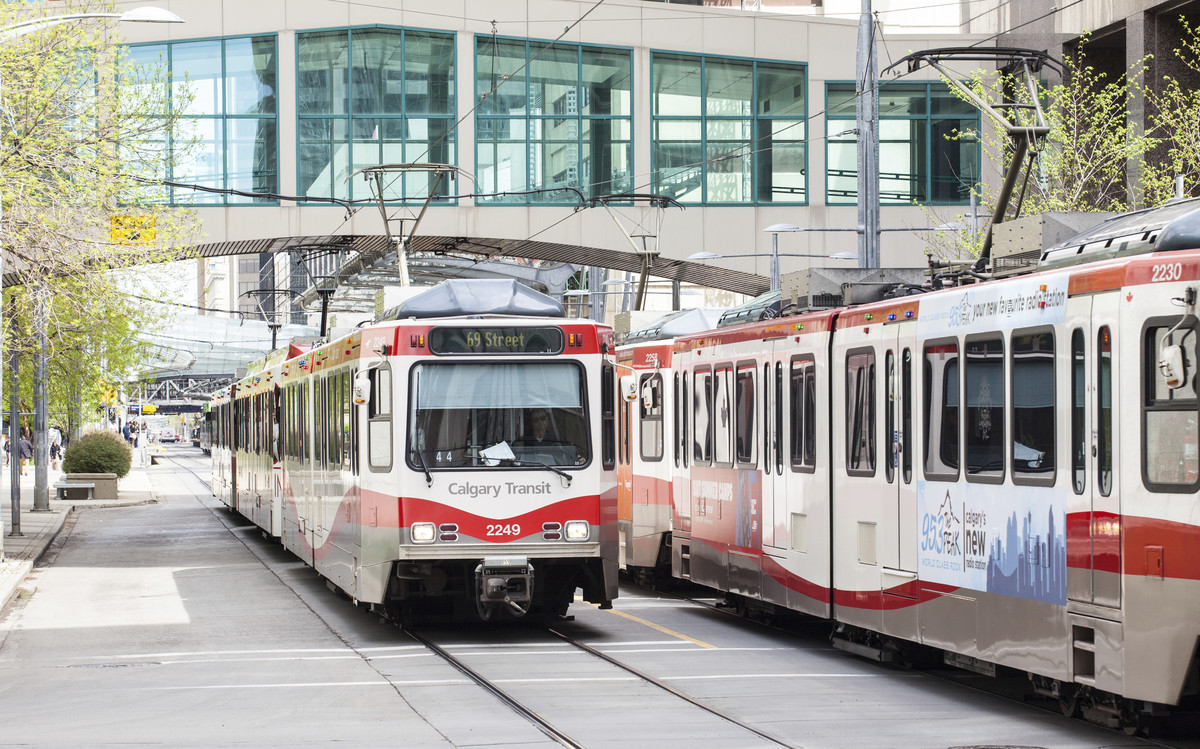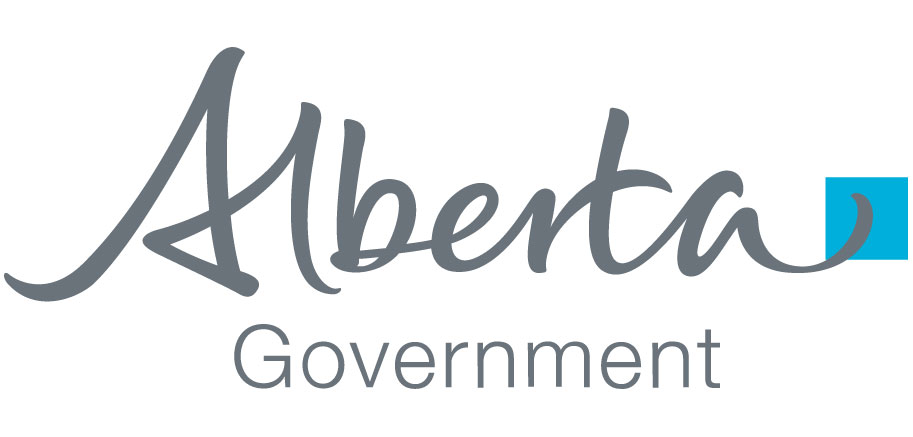Signals, tracks and power
Tracks, signal systems and traction power systems are some of the last pieces that are installed in a Light Rail Transit (LRT) project. These will be installed once the stations, bridges and tunnels are close to completion.
Signals
Signals systems are used to ensure the safe movement of trains and the protection of pedestrians and road users. They also ensure space between trains so that a safe braking distance is always maintained.
Signals systems include:
- Warning systems at street crossings with flashing lights, gate arms and bells.
- Signal masts (traffic lights) to help maintain a safe distance between trains.
- Elements to detect the movement and location of trains such as track circuits and axle counters.
- Information is provided to the train operator on the location of the preceding train and the status of the route so they can adjust their speed.
- Wayside signals and onboard antenna, which provide information to train operators about the status of tracks.
- Special trackwork that allows trains to crossover and change tracks.
- Switch machines that move parts of the track to change the route the train will take.
- Displays at the Operations Control Centre to show the location of all trains on the network.

Tracks
Before steel LRT tracks can be laid, the track bed and structures (tunnels, bridges) must be completed as the foundation of the track. This foundation supports the track structure that will be installed on top.
There will be different types of tracks along the Green Line, which is common in large-scale LRT projects. The type of rail installation is chosen based on the conditions and constraints of each area.
Tracks at street-level
Ballasted track
- Ballasted track will be used for most street-level sections of the Green Line.
- The rail is clipped to concrete ties and pads are used to isolate the rail from the tie electrically and to provide noise and vibration dampening.
- Ties are supported by ballast, which is crushed stones and rocks with irregular shapes, sizes and textures, allowing them to interlock. This serves multiple important functions:
- Distributing the weight of the trains evenly across the track bed.
- Dampening vibrations and absorbing noise.
- Facilitating drainage, allowing water to flow away from the tracks.
- Preventing the growth of vegetation.

Embedded track
- This type of track is completely embedded in concrete to allow for street crossings or other situations where exposed track could be hazardous. For example, Calgary Transit uses embedded track downtown on 7 Avenue.
- Green Line will use embedded track at street crossings and in the Maintenance and Storage Facility.

Tracks in tunnels or on bridges
Direct fixation track
- Direct fixation tracks are used in tunnels, on bridges and elevated guideways.
- Rails are firmly fastened directly onto a concrete slab or other solid track bed.
- Instead of being mounted on ties or sleepers as with ballasted tracks, the rails in direct fixation tracks are securely fastened directly onto the concrete slab.
- Direct fixation track is very stable and resistant to movement.
- This type of track requires less maintenance, which is ideal for tunnels and bridges where maintaining tracks is more difficult due to confined space.

Traction power system
The traction power system provides electrical power from the local utility grid to the LRT system. The electricity supplied by the grid must first be stepped down in voltage, and then converted to direct current (DC). Through a traction power substation, the electricity is then distributed via overhead wires, where it is picked up by the rooftop pantographs of the LRV and flows through the onboard electrical system. Most of the electrical energy is used by the traction motors which propel each vehicle; the remaining power is used for lighting, heating/cooling and control functions.

LRT tracks and signals construction photo gallery
Images from building the West LRT line and the northeast extension to Mcknight-Westwinds.










Wind-powered transit
Did you know that 100 percent of the electricity that Calgary Transit uses is purchased from renewable sources? The CTrain runs off this renewable energy and is the only LRT system in North America that uses wind-generated electricity to power their system.



